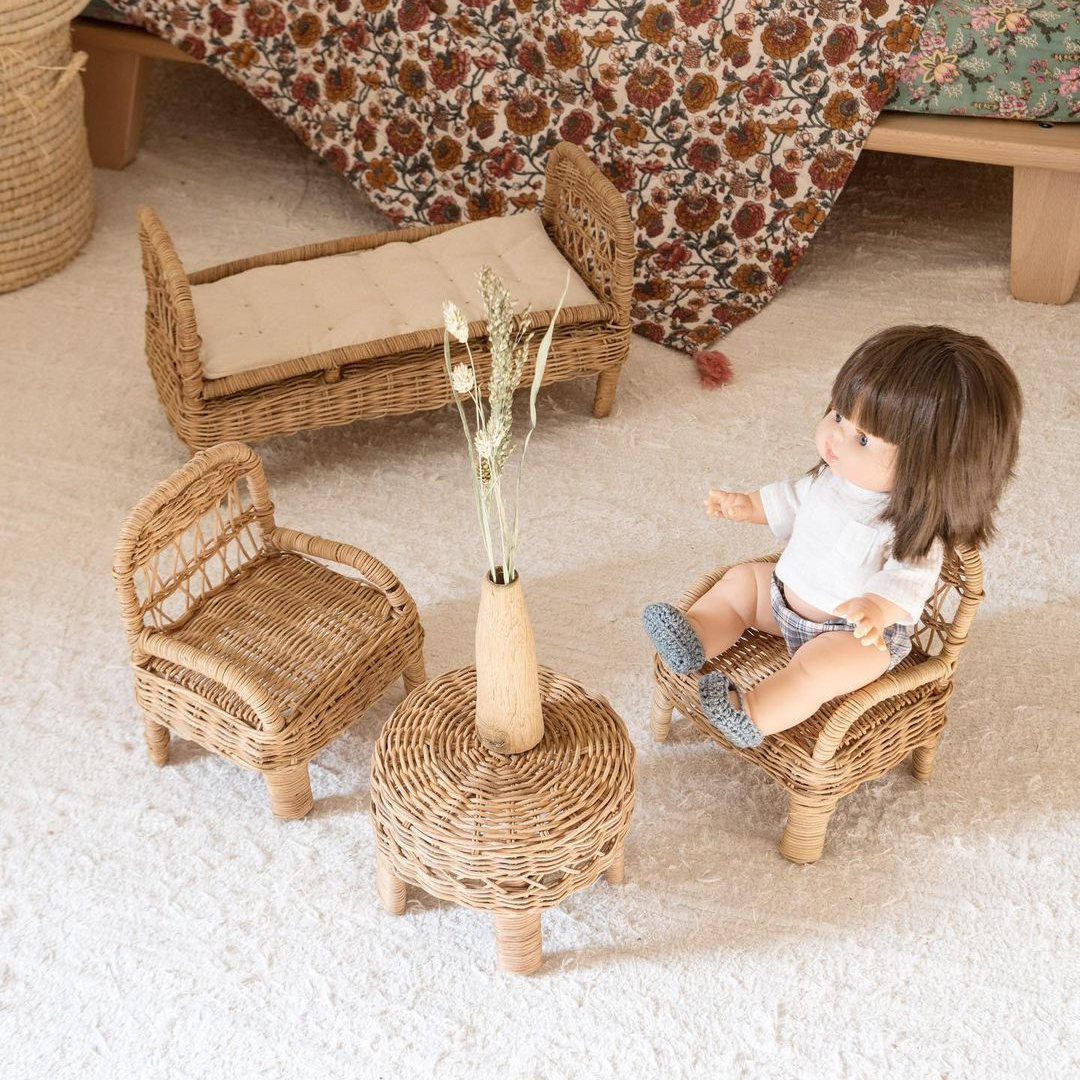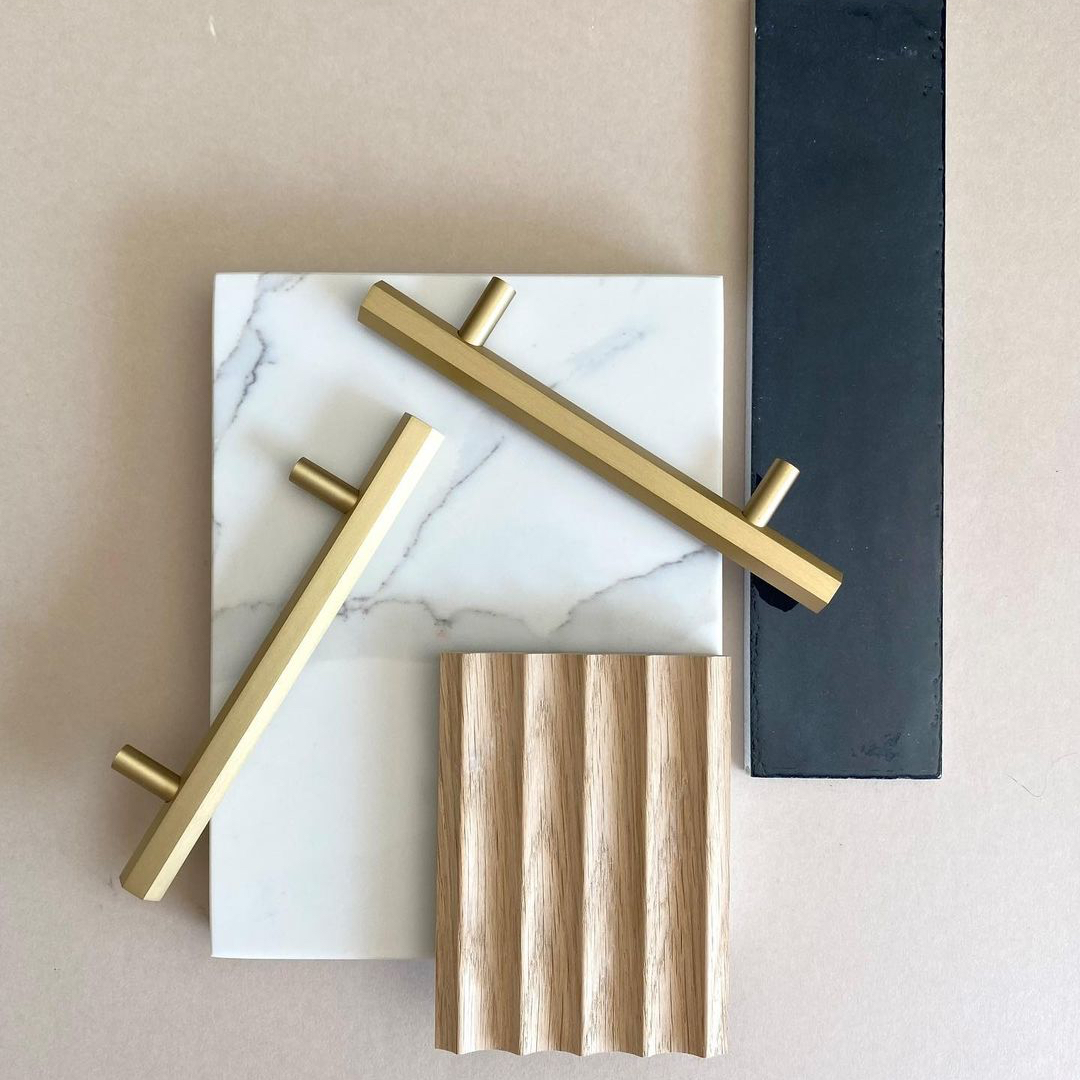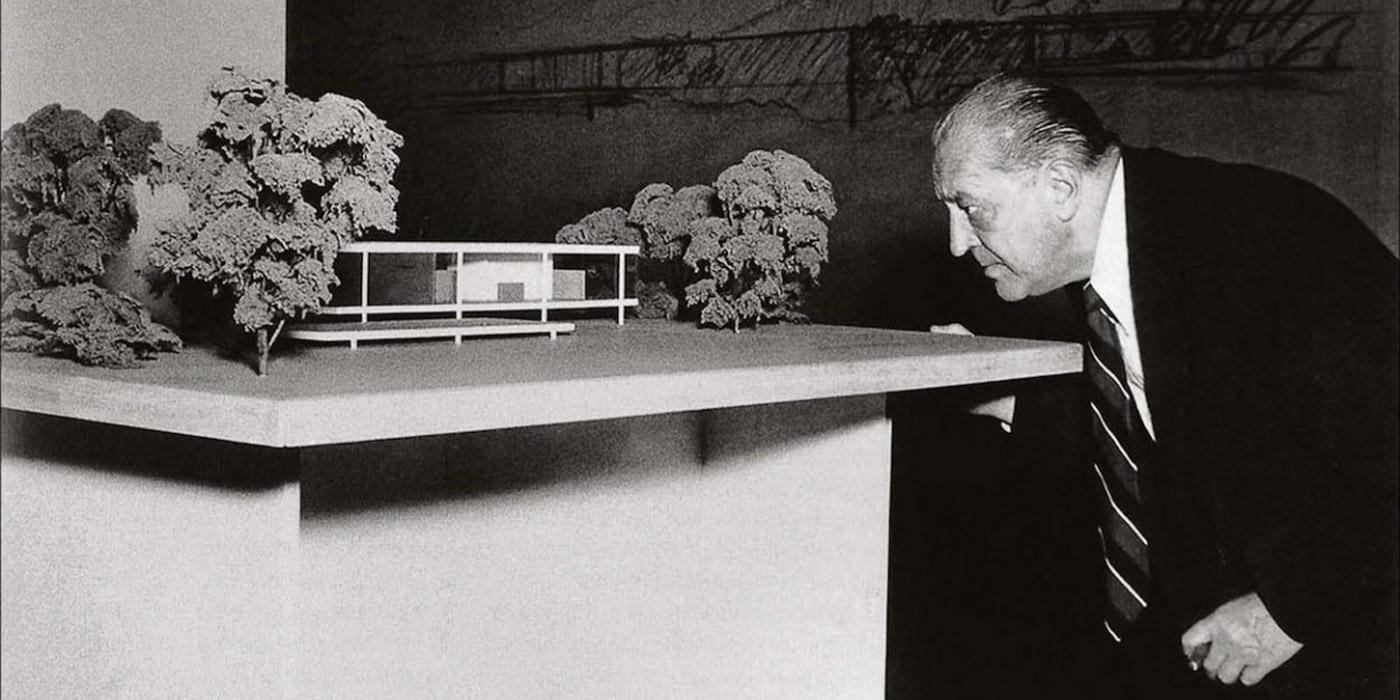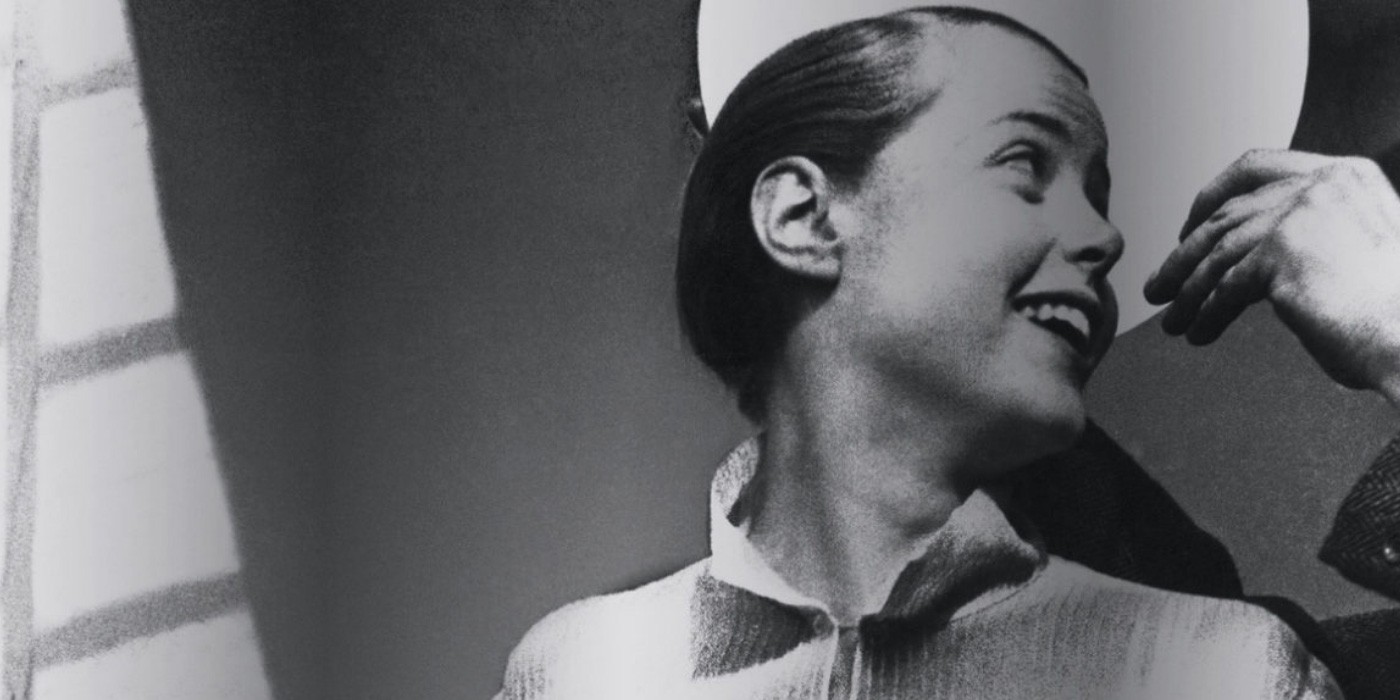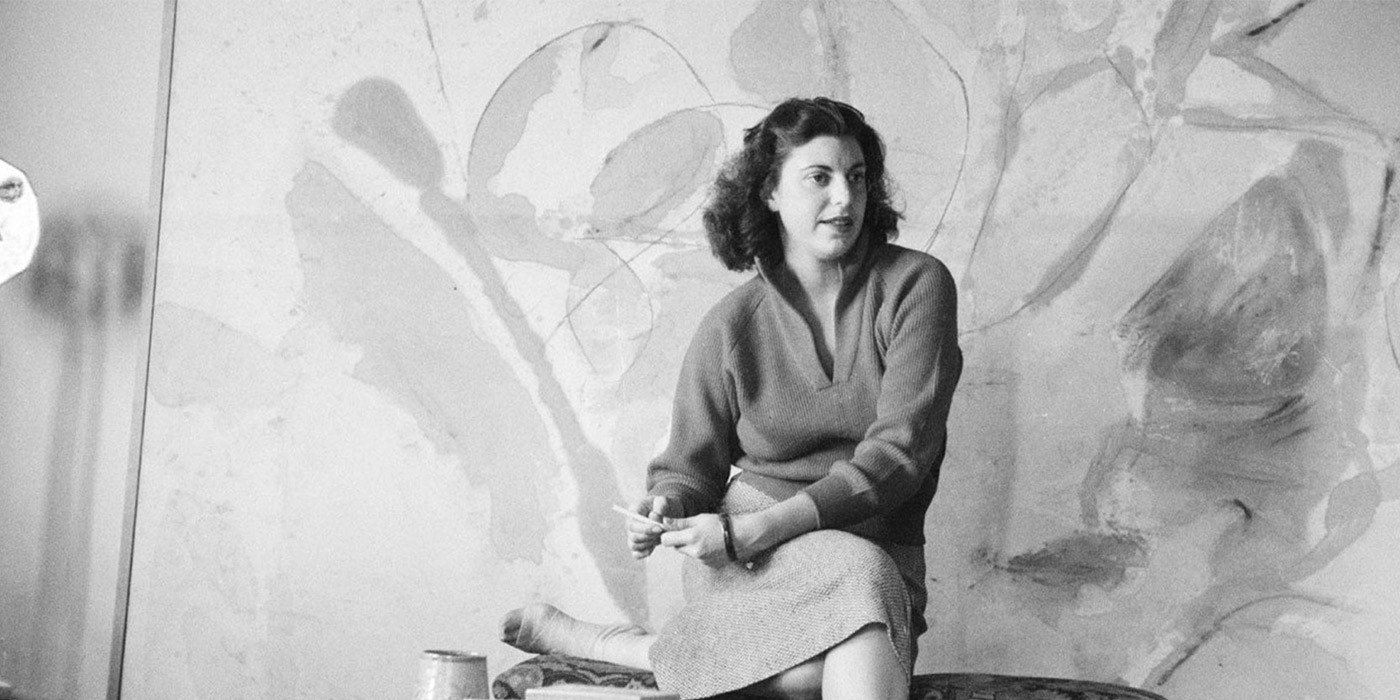Less is More: Mies van der Rohe
A pioneer of modernism and the man behind the famous Barcelona Chair, Mies van der Rohe influenced an entire generation of architects. It’s been almost a century since he helped establish the International Style, and Mies is still one of the most emulated architects of all time.
Ludwig Mies van der Rohe (27 March 1886 – 17 August 1969) was a German-American architect. Along with Alvar Aalto, Le Corbusier, Walter Gropius and Frank Lloyd Wright, he is regarded as one of the most influential architects of the 20th century, known for his role in developing the most enduring architectural style of the era: modernism.
The International Style
Mies sought to establish an architectural style that could represent modern times just as Classical and Gothic did for their own eras. In the early 1920s, along with Le Corbusier and Walter Gropius, Mies helped pioneer the International Style as the core movement of modern architecture.
Unlike Le Corbusier and other early champions of the International Style who moved away from it, he remained devoted to the movement over the last four decades of his career.

“Skin and bones” architecture
The style he created made a statement with its extreme clarity and simplicity. He strove toward an architecture with a minimal framework of structural order and free-flowing, open space. He called these steel-and-glass skyscrapers and horizontally-oriented houses and pavilions “skin and bones” architecture.

Notable buildings
Mies worked from his studio in downtown Chicago for his entire 31-year period in America. His significant projects and iconic works in the United States include the residential towers of 860–880 Lake Shore Dr, the Chicago Federal Center complex, the Farnsworth House, Crown Hall and other structures at IIT, and the Seagram Building in New York.

Modernist furniture
Mies, often in collaboration with Lilly Reich, designed modernist furniture pieces that became known for fine craftsmanship, a mix of traditional fabrics like leather and modern chrome frames, and a distinct separation of the supporting structure. His works often employed cantilevers to enhance the feeling of lightness created by delicate structural frames.
His designs have become popular classics, such as the Barcelona chair and table, the Brno chair, and the Tugendhat chair.
Mies is often associated with his fondness for the aphorisms, "less is more" and "God is in the details".

